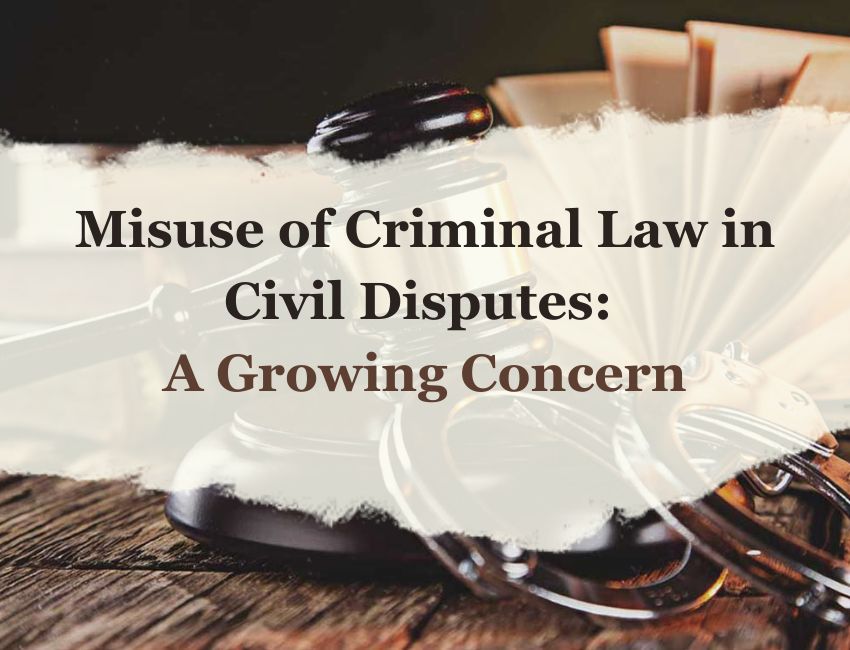A.L. Bahri, J.@mdashThis is second appeal filed by Mohinder Singh, the Plaintiff. During the pendency of the appeal he died and his legal heirs, Daya Singh and others were brought on the record. The suit filed by Mohinder Singh for declaration that he was owner of the Indin dispute on the basis of a Will executed by Pala Singh in his favour, in the alternative he was a tenant in the land in dispute was decreed by the trial Court holding him to be owner on proof of the valid will of Pala Singh, he was also held to be in possession of the land in dispute. It was not considered necessary to further determine whether he was a tenant in the land in dispute. This judgment and decree of the trial Court was set aside by the District Judge on appeal filed by Naranjan Singh and Ors. the Defendants. The Defendants controverted the plea of the Plaintiff with regard to the valid execution of the will of Pala Singh. According to them it was a forged will. They also denied that the Plaintiff was a tenant. The trial Court framed the following issues:
1. Whether Pala Singh executed a valid will in favour of the Plaintiff? OPP
2. If issue No. 1 is not proved, whether the Plaintiff is a tenant in the land in suit? OPP.
3. Relief.
2. Shri D.N. Rampal, learned Counsel for the Appellant while criticising the judgment of the lower appellate Court has argued that the lower appellate Court did not apply judicial mind to appreciate the evidence produced in the case while reversing the findings recorded by the trial Court on issue No. 1. According to learned Counsel it was necessary to refer to the evidence produced by the parties in detail and to give reasons for coming to a contrary conclusion. In support of this contention reliance has been placed on the decision of Delhi High Court (Himachal Bench) in
3. The question of proof of a will in accordance with the provisions of Section 63 of the Indian Succession Act and if the will is surrounded by suspicious circumstances, it is the duty of the propounder to explain the same, stands so well established that I need not refer in detail to the decisions of the Apex Court on the subject. Those decisions are
4. Exhibit P. 1 is the will which is the basis of the claim of the Plaintiff Mohinder Singh. It was alleged to have been executed by Pala Singh on June 2, 1975. Mohinder Singh is Pala Singh''s brother''s son whereas the Defendants Naranjan Singh and Nand Kaur are the children of sister of Pala Singh. The land in dispute is situated in village Kapure Tehsil Moga, whereas Pala Singh was residing in a Gurdwara in village Cheema. The land of Pala Singh is in possession of Mohinder Singh. At the time of execution of the Will as well as at the time of death of Pala Singh, his sister Partap Kaur was alive. Naranjan Singh and Nand Kaur Defendants are children of Partap Kaur. As far as the broad facts as above are concerned, there is no serious dispute. The dispute is about the execution of the Will Exhibit P. 1 by the Pala Singh. In order to prove Will Exhibit P.1 he produced Maha Singh PW1. The other attesting witness of the Will aforesaid namely Ajmer Singh was produced by the Defendants. At this stage it may be observed that Ajmer Singh Sarpanch did not prove execution of the will. According to him his signatures were obtained at the instance of Mohinder Singh and Dilawar Singh. Thus, at this stage only evidence of Maha Singh and others needs be referred to as produced by the Plaintiff Maha Singh scribed the will and as per his evidence Pala Singh was a Sewadar in the Gurdwara. At that time he was mentally fit and a will was prepared on his dictation and read over to him. He thumb marked it and the attesting witnesses attested the same in his presence. During cross-examination, he stated that the Will was written in the Gurdwara of village Cheema. The two witnesses and many others persons were present. Pala Singh used to take his meals in the Gurdwara. Before his death he was alightly ill for about a month. Ujagar Singh and his wife used to serve him. Paper was provided by Pala Singh but pen belonged to him i.e. Maha Singh. He tried to explain that generally he was not writing in straight lines as he was not well read. He denied the suggestion that the paper had already a thumb impression and the will was scribed later on. PW 2 is Dilawar Singh, marginal witness, of the will. He supported its due execution. Mohinder Singh PW 3, the Plaintiff, was admittedly not present at the time of execution of the Will. According to him the will was handed over to him by Pala Singh on his visit Kapure about 20-25 days before his death. On the other hand Naranjan Singh, appeared as DW 1 and denied the existence of any Will. According to this witness Partap Kaur sister of Pala Singh aforesaid was alive when Pala Singh dies. Pala Singh remained ill for about 3-4 months before his death and he remained in senses at occasions and not in sense on other occasions. His mother used to serve him. Village Kapure is about 17-18 miles from village Cheema. Ajmer Singh DW 2 who is Sarpanch of village Cheema, as already stated, did not prove execution of the Will in his presence but he stated that Pala Singh remained ill for 3-4 months and Partap Kaur and her children used to visit Pala Singh and rendered medical help. Pala Singh executed Mukhtiar-e-nama (power of attorney) in favour of five persons and one of them was Ajmer Singh himself.
5. The will in question is surrounded by suspicious circumstances and Mohinder Singh Appellant, propounder of the will, has miserably failed to explain the same. The finding recorded in this respect by the lower appellate Court is based on sound reasons, though sketchy. At the out-set, it may be stated that this Will Exhibit P-1 was not scribed by a regular deed-writer. Mahan Singh P.W. 1 is alleged to have executed the same and he himself tried to explain that he was not in the habit of writing in straight lines. Such an explanation is of no significance when the will is closely scrutinized. The lines have been written in a straight manner. However, it is the spacing in between the lines in different parts of the body that deserves to be noticed. In the first eight lines, the spacing is normal in regular manner. Likewise in the last six lines, the spacing is almost similar, normal and regular as is in the first part of the Will. In between there is irregular spacing in six lines, which is so vivid that no manner of doubt is left that this document was prepared when thumb-impression of the executant was already there and attempt was made to adjust the matter. After writing eight lines, it was thought that the remaining matter was short that more spacing was given in between the lines. After six-seven lines were written giving more spacing, again it was reverted and narrow spacing given to incorporate the entire matter. When Ajmer Singh Sarpanch appeared in Court as Defendants'' witness, he gave good-by to the attestation of the will. According to him, his signatures were obtained afterwards. This appears to be so. The reason is also obvious that he had put his stamp of Sarpanch containing three lines and he squeezed in his signatures therein inserting his name in between the words "Sarpanch" and "Gram Panchayat, Cheema." Otherwise in normal course his signatures were required to be above the word "Sarpanch". The other significant fact to be noticed is about the shade of the ink used in the stamp by the Sarpanch as well as of the thumb-impression of the executant. If the same ink-pad was available at the time of execution of the will, Pala Singh would have used the same ink- pad. However, shade of the ink of the thumb-impression is not the same as used in the stamp of the Sarpanch. The Shade of the thumb-impression is dark (indicating old thumb impression). Furthermore, Panjab Kaur, sister of Pala Singh, was admittedly alive at the time of execution of the Will, i.e. June 1, 1975, as per evidence discussed above. In ordinary course she was to succeed to Pala Singh under the provisions of the Indian Succession Act. No reason whatsoever has been given in the will Exhibit P-1 to disinherit her. During arguments, counsel for the Appellant stressed that it is common among the agriculturists to retain the land within the male descendants or collaterals. This contention in the facts of the present case cannot be accepted. It was open to Pala Singh to state so in the will in order to disinherit his sister. As a matter of fact, there is no reference at all to Panjab Kaur or her children in the matter oppf fact, there is no reference at all to Panjab Kaur or her children in the Will. The reference is only to Nazar Singh and Mohinder Singh, his nephews, one of them being issueless and the other one Mohinder Singh, to whom he bequeathed his property, i.e. the ancestral land. The other prominent fact which has come into existence is about execution of power of attorney in favour of five persons, to look after his land. Obviously such power of attorney was not executed in favour of Mohinder Singh aforesaid, who was stated to be in possession of some of his land. Mere proof of thumb-impression on the will does not make it valid one. While affirming the finding of the lower appellate Court on issue No. 1, the appeal stands dismissed. There will be no order as to cost.

